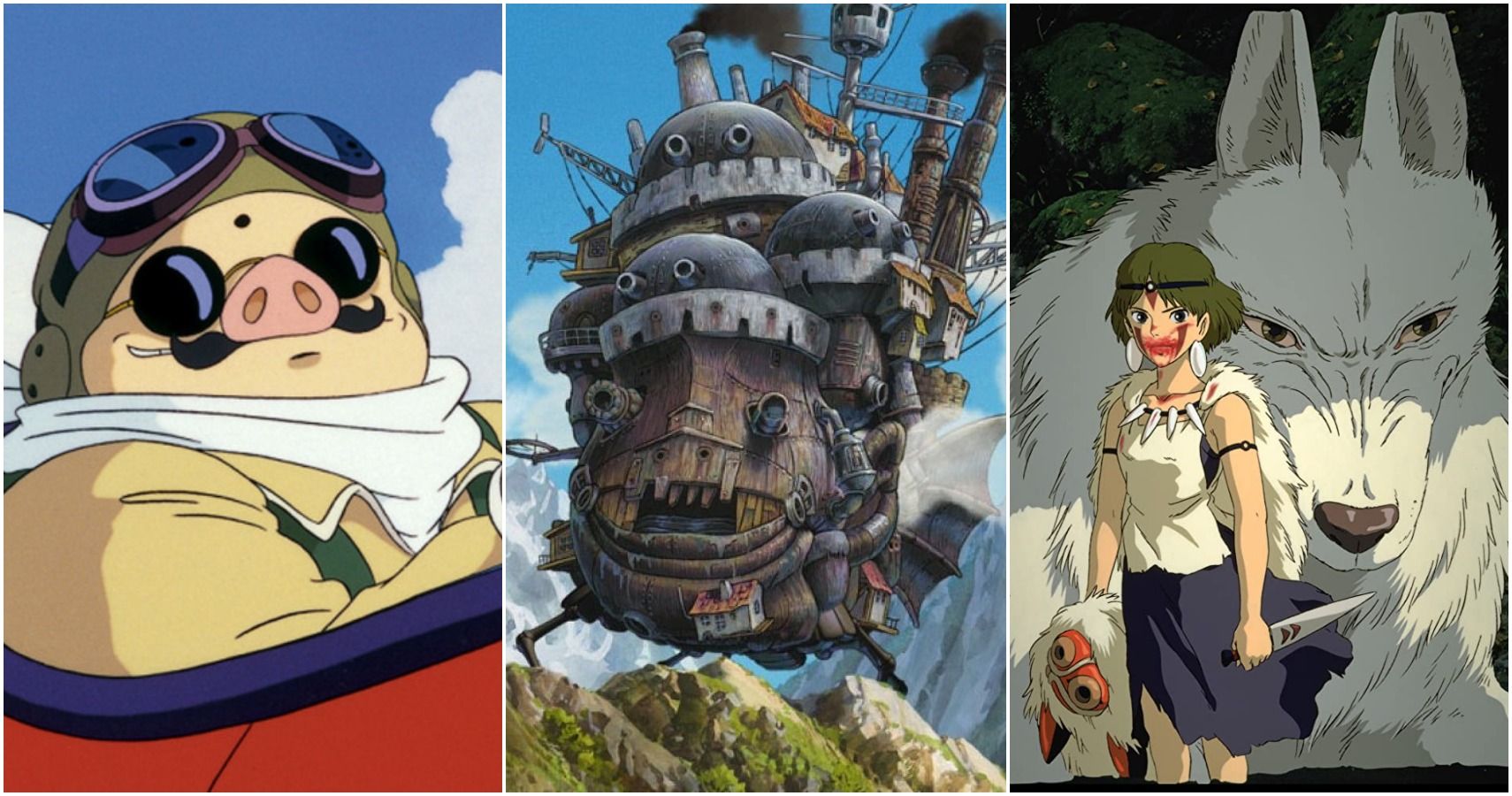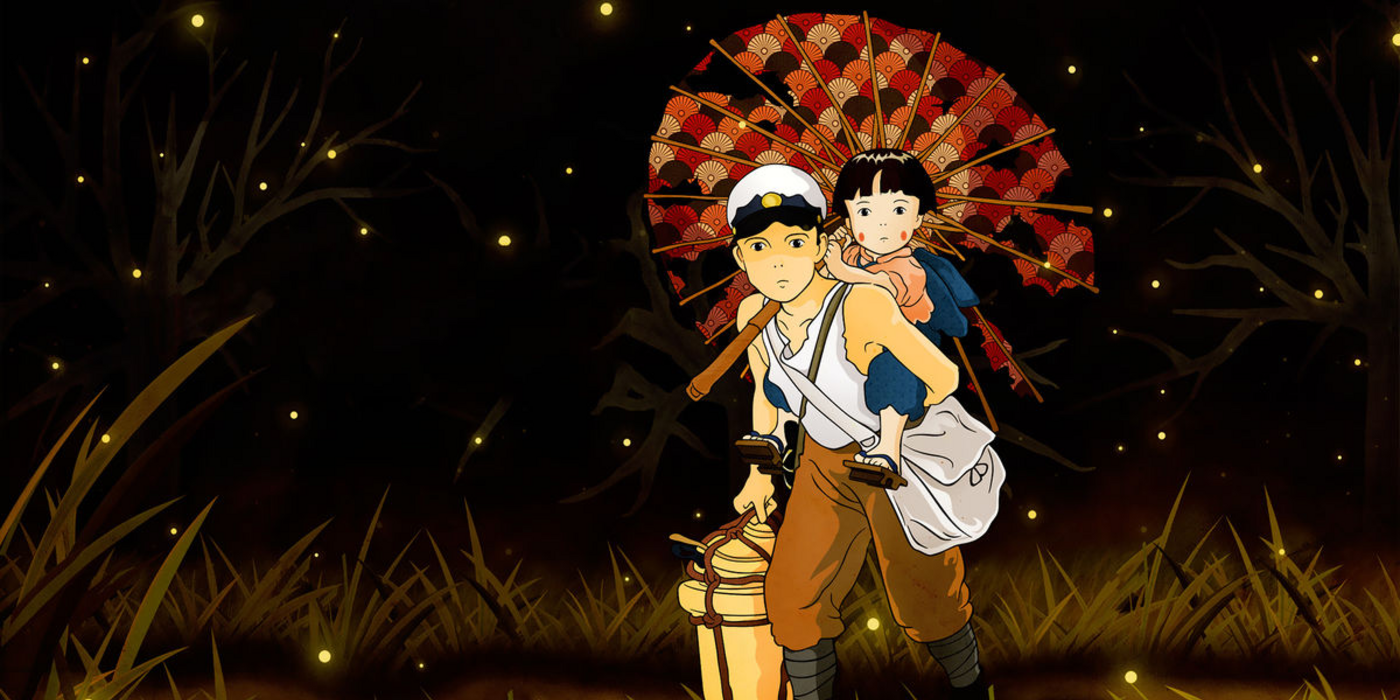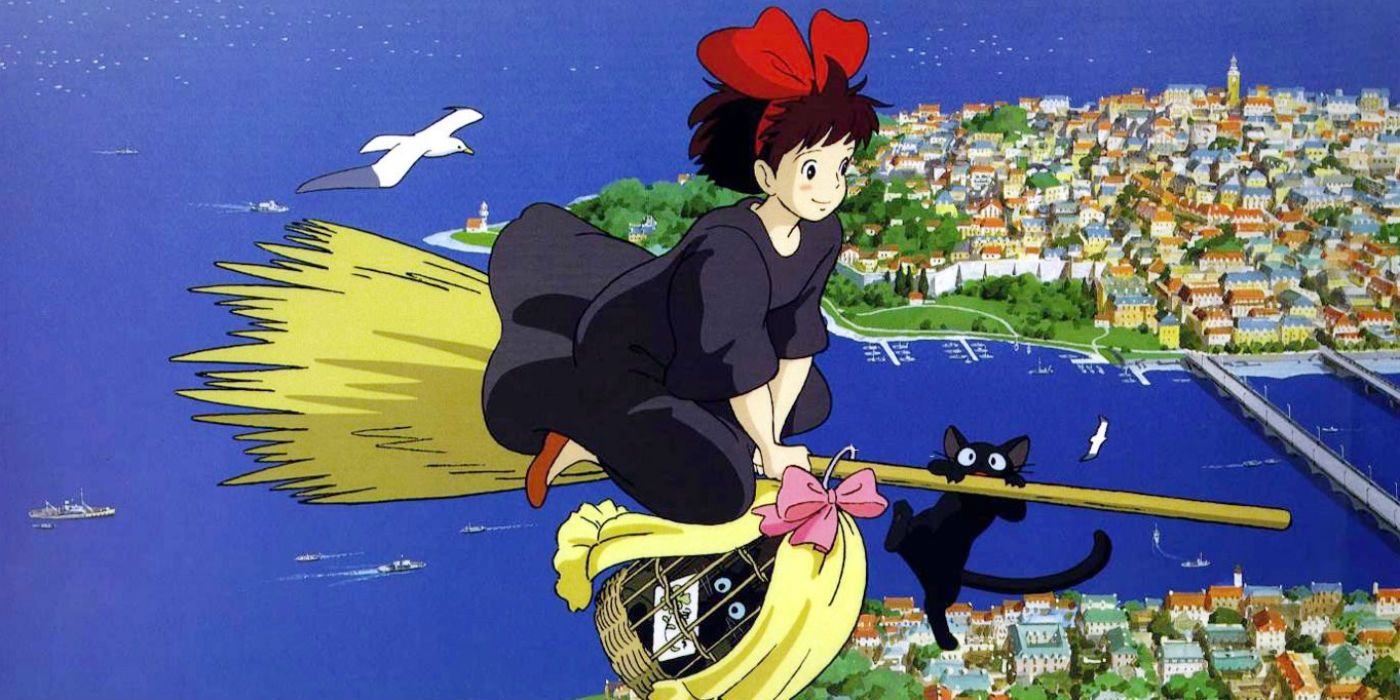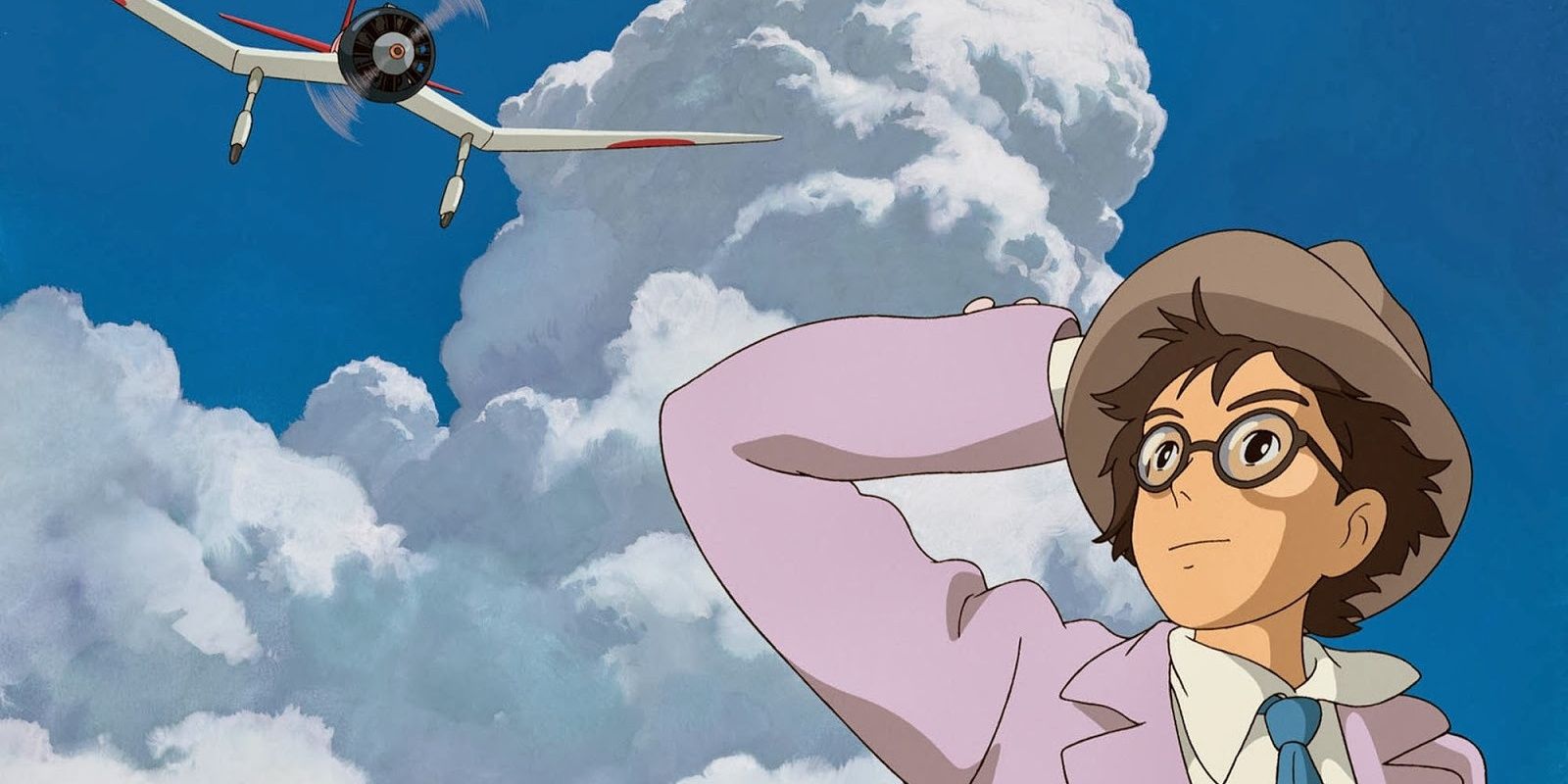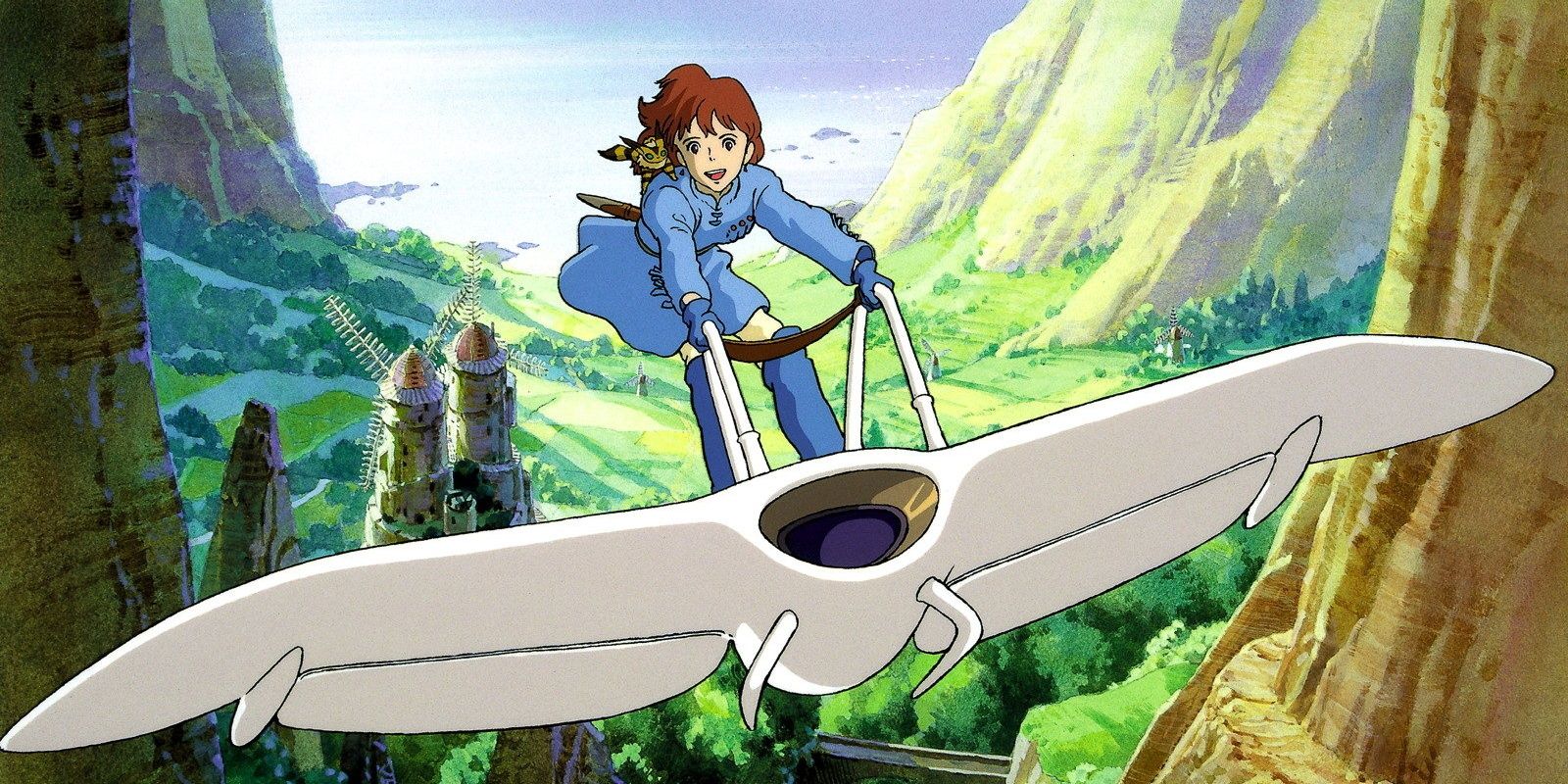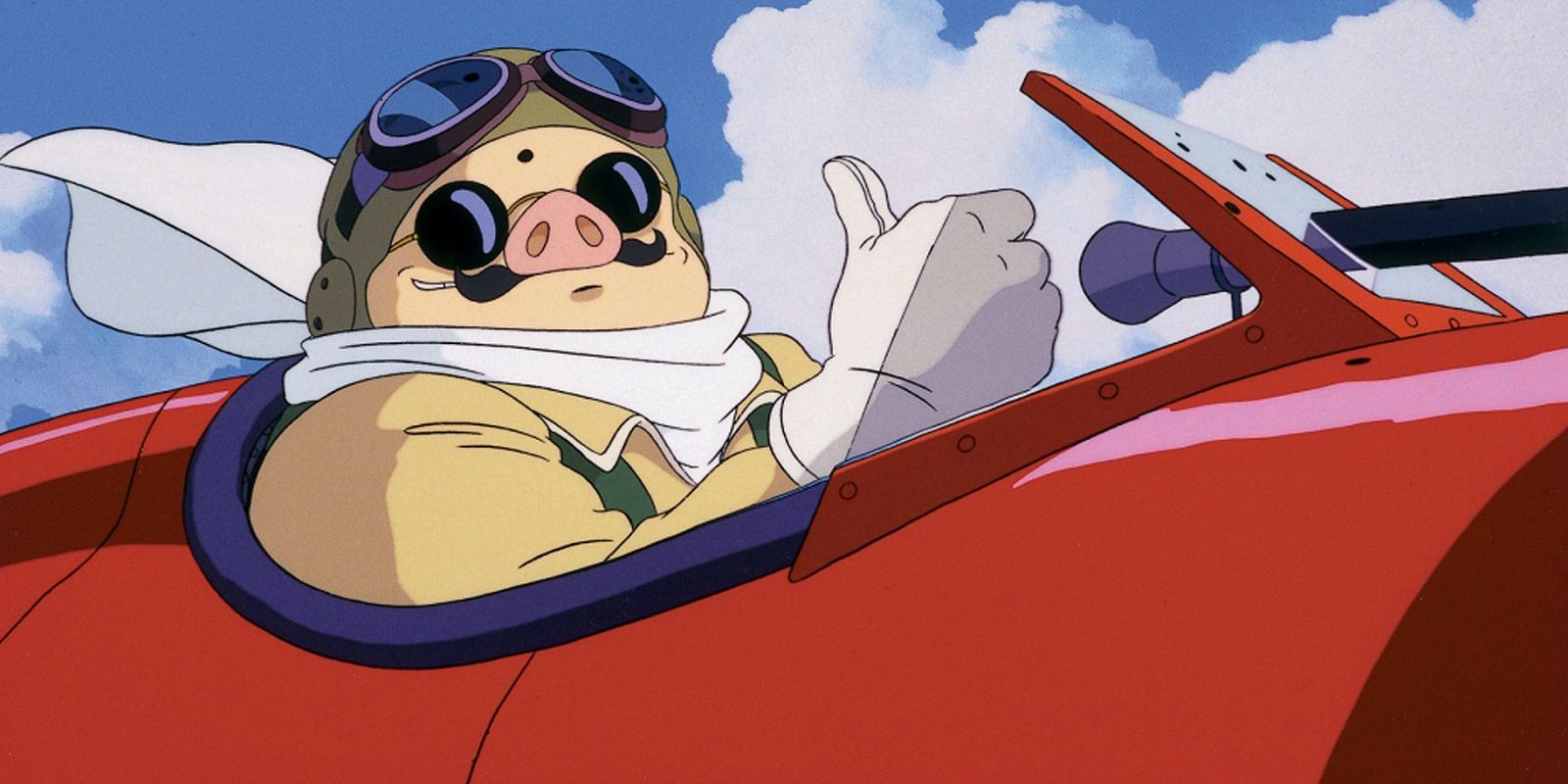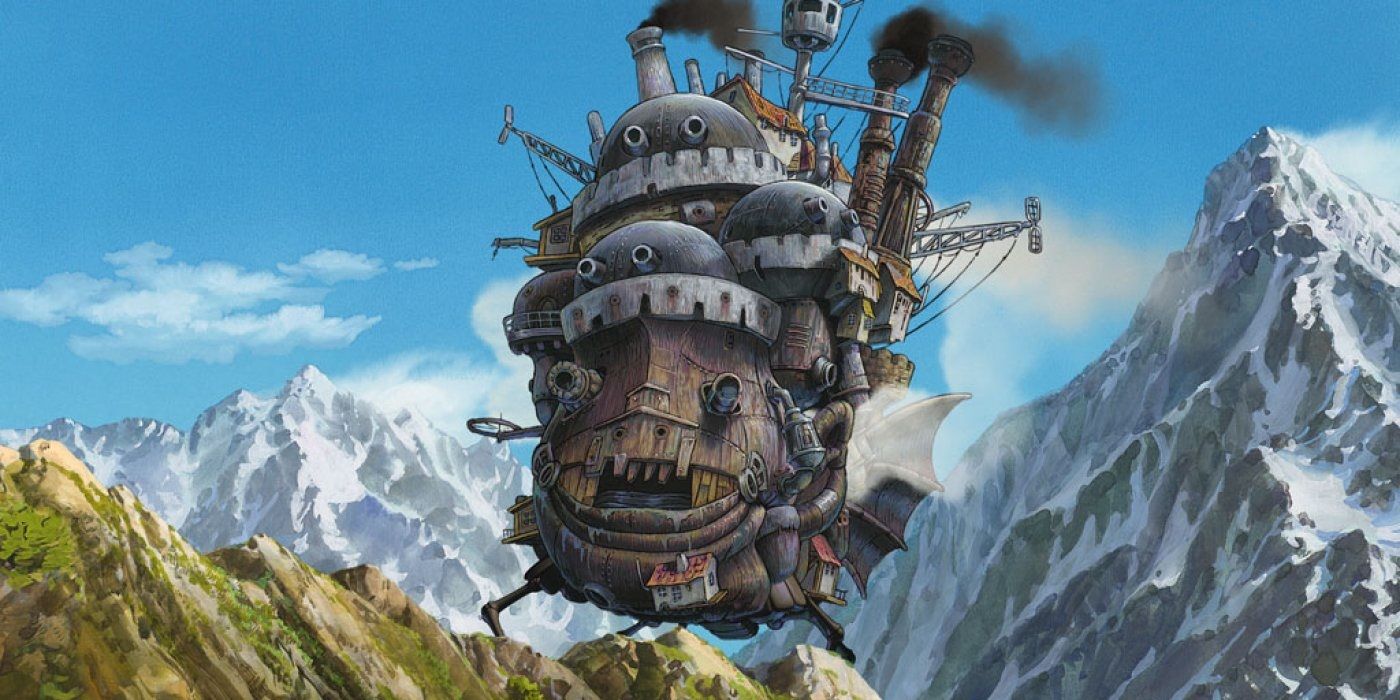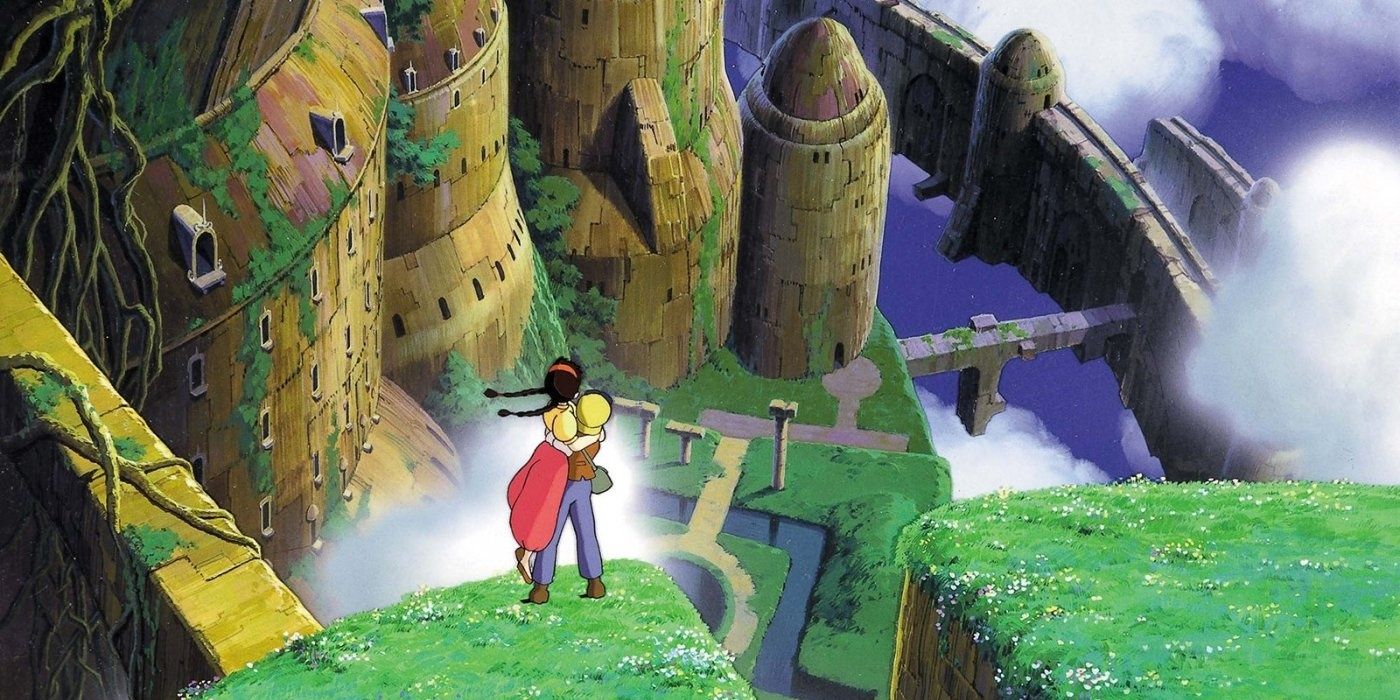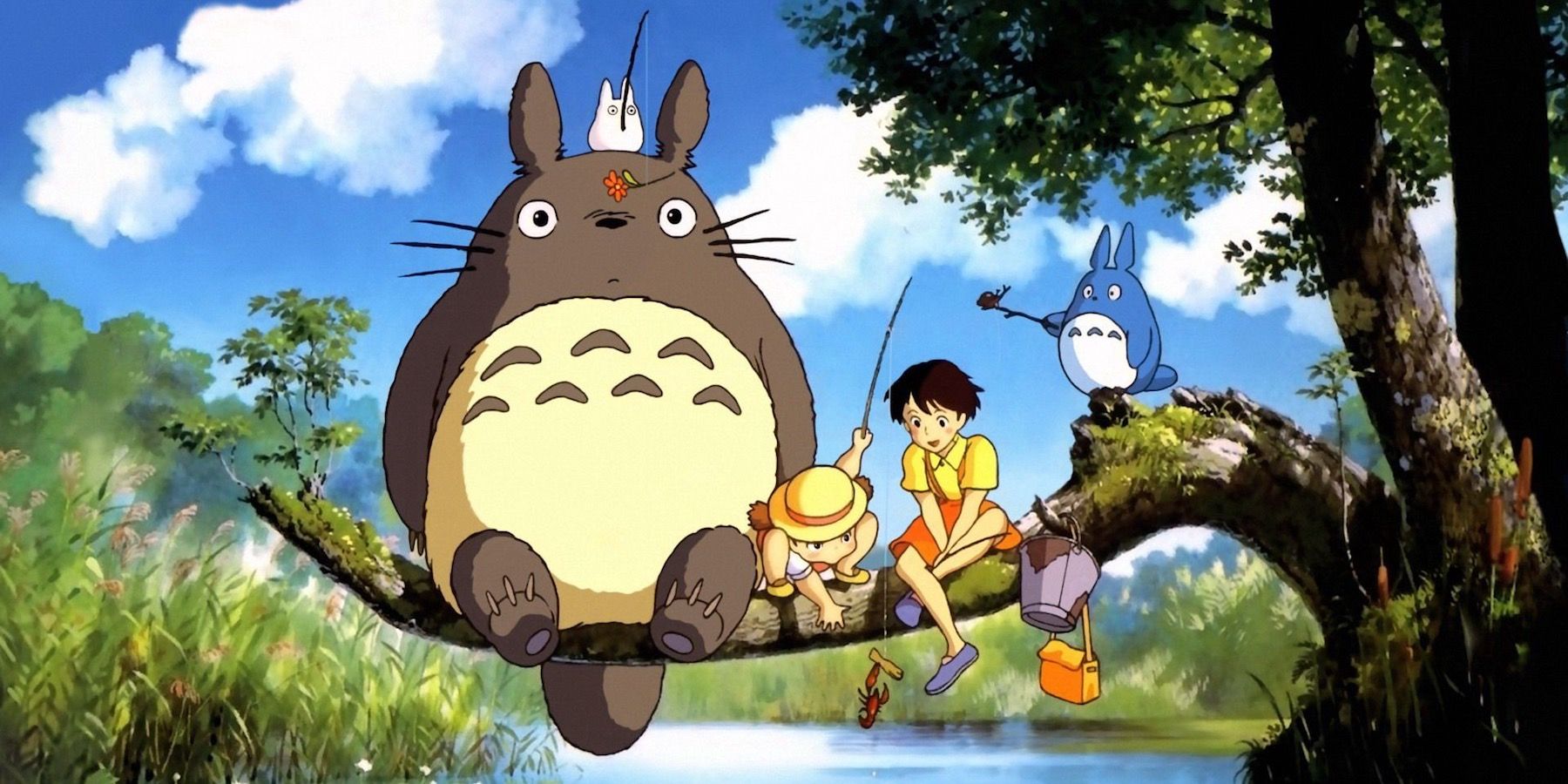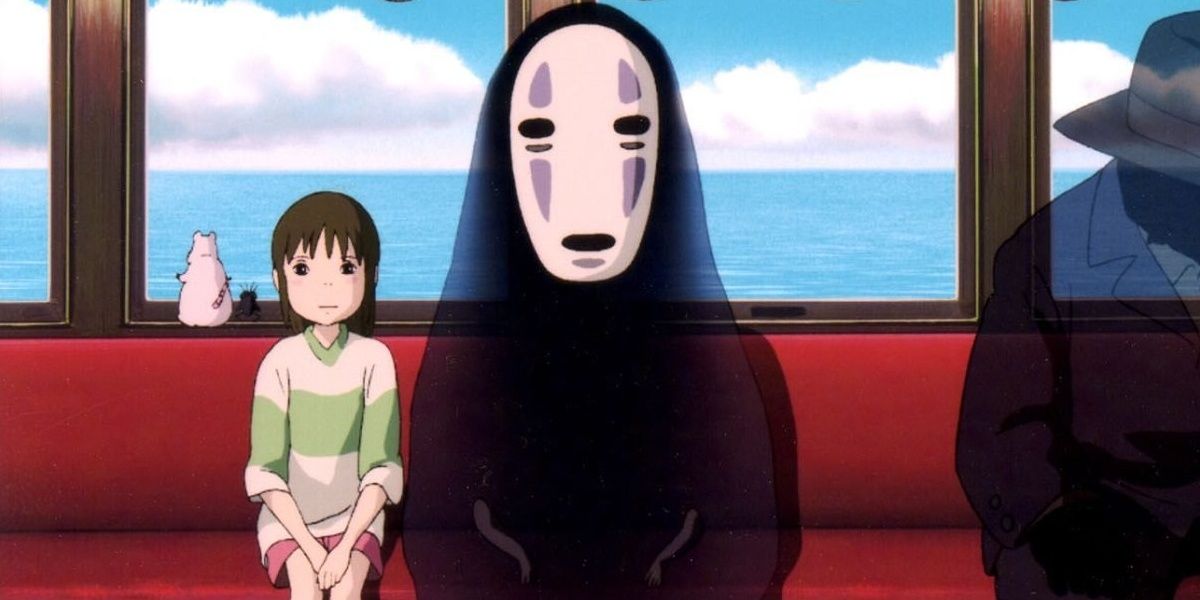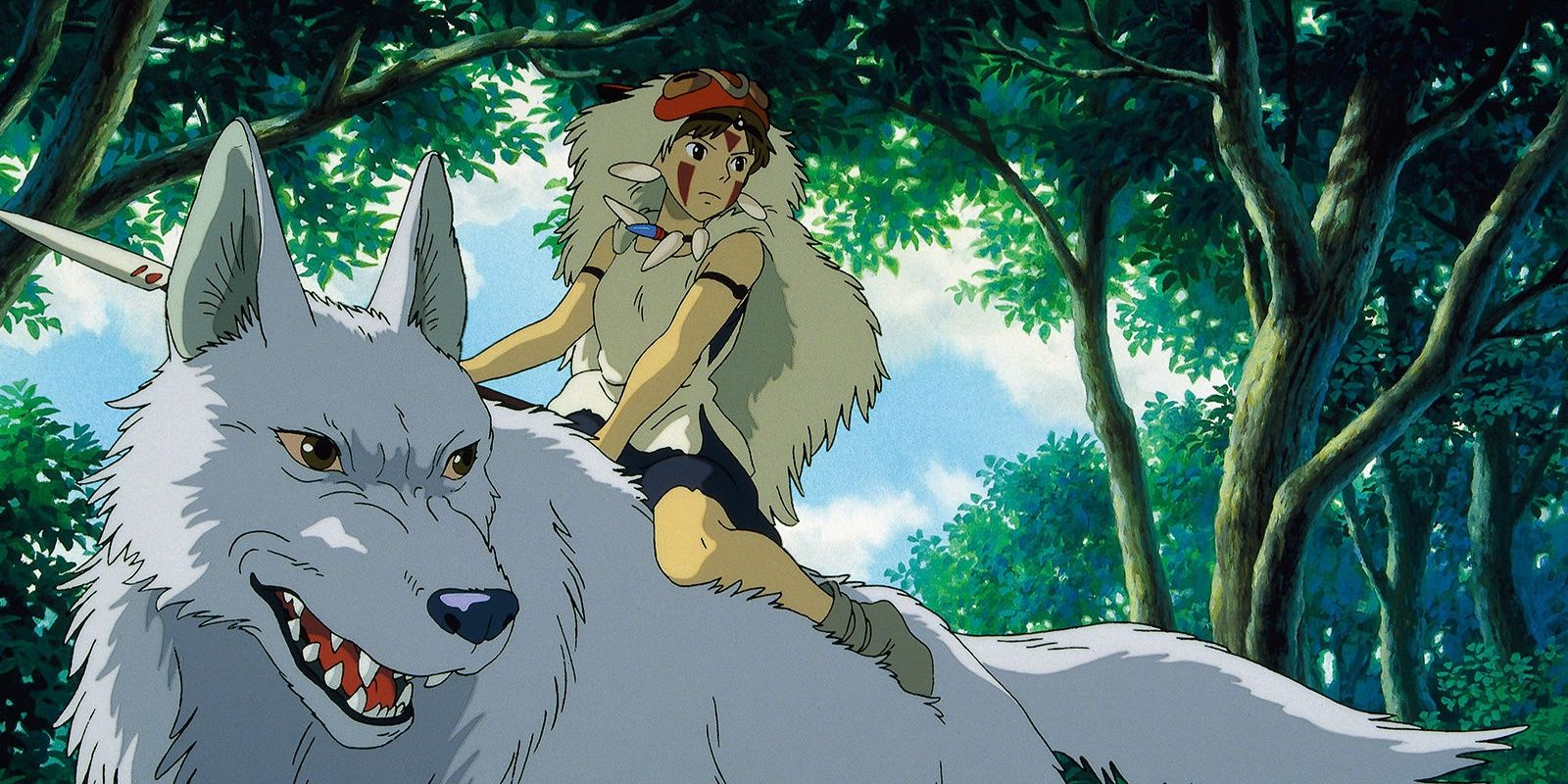While Studio Ghibli is known primarily for its gorgeous animation, heart-warming stories, and colorful characters, its musical scores are also consistently excellent, lending a great deal of weight to the scenes they accompany. For the most part, the studio’s most well-known scores are the work of one man, Joe Hisaishi, who’s developed something of a symbiotic relationship with Studio Ghibli – and in particular Hayao Miyazaki – subsequently scoring a large portion of their films.
Although Ghibli appears to have taken the western world by storm in recent years however, the studio’s music isn’t talked about all too much outside of Japan. To remedy that, here are the ten greatest Studio Ghibli scores to date.
Grave of the Fireflies
Infamous for being the most harrowing movie in Studio Ghibli’s entire catalog, Grave of the Fireflies is a bold, unflinching look into the lives of two young Japanese boys who struggle to survive following a series of firebombings in World War II.
The only score on this list not composed by long-time Ghibli collaborator Joe Hisaishi – instead being composed by Michio Mamiya – Grave of the Fireflies’ score is naturally much more somber than that of more traditional Ghibli movies. If the movie itself doesn’t bring you to tears, its score certainly will.
Kiki’s Delivery Service
A colorful coming of age movie with a magical Ghibli twist, Kiki’s Delivery Service has a distinct small-town charm not present in many of the studio’s other movies, with the film reportedly being based on the beautiful city of Visby in Sweden.
The score is appropriately upbeat, swelling as Kiki takes to the sky – providing the movie with a sense of whimsy and discovery, which is apt considering the movie’s themes of growing up.
The Wind Rises
Telling the life story of airplane designer Jiro Horikoshi, The Wind Rises is ironically one of Studio Ghibli’s more grounded films, serving as a slice of life drama rather than a large-scale fantasy epic – but its score is in no way hampered by the smaller scope of its story.
Between the peaceful tremolo mandolin featured in “A Journey” and the sweeping strings of “The Falcon”, the score feels very personal but adventurous at the same time – serving as a fantastic encapsulation of Jiro’s ambitious dreams of creation and flight.
Nausicaa of the Valley of the Wind
Sure, Nausicaa of the Valley of the Wind was technically made before Studio Ghibli was founded, but since most fans consider it an unofficial Ghibli film – it did mark the first of many collaborations between Hayao Miyazaki and composer Joe Hisaishi, after all – it more than deserves a place on this list.
Often considered one of the greatest animated films ever made, Nausicaa of the Valley of the Wind’s score is pitch-perfect – and often feels quite different to Hisaishi’s most famous works. While his talent for composing sweeping orchestral piece remains present here, there’s also a lot of atmospheric pizzicato strings and synthesizers used throughout, perfectly encapsulating the movie’s futuristic, fantastical, dystopian world.
Porco Rosso
Telling the story of a fighter pilot-turned pig who fights against the rise of fascism and piracy in 1930s Italy, Porco Rosso’s score feels fittingly triumphant, with the soaring strings in “The Wind of Ages – When a Human Can be Human” setting the stage for a grand adventure – and that’s exactly what Porco Rosso is.
It’s the piano piece “Bygone Days” that’s the stand-out here however, echoing certain moments from Hollywood classic Casablanca – a movie Porco Rosso is heavily influenced by.
Howl’s Moving Castle
Blending adventure, romance, and menace together in its ambitious score, Howl’s Moving Castle is amongst composer Joe Hisaishi’s very best works. Its main theme, as well as “Merry Go Round of Life” have become iconic amongst Ghibli fans, and establish a memorable leitmotif that continues through the movie’s other musical pieces.
At times, the score evokes imagery of a magical waltz taking place in its eponymous castle, and at other times it aptly depicts the peril of the movie’s central conflict – but it all hangs together perfectly.
Castle in the Sky
As it's Studio Ghibli’s first official release following the creation of the company, many people forget about the existence of Castle in the Sky, despite being one of Hayao Miyazaki’s most breath-taking adventures to date – accompanied by a beautifully composed score from Joe Hisaishi.
Incorporating sweeping strings, evocative piano, and a haunting choir into its varied tracklist, Castle in the Sky’s score captures the scope and grandeur of its central adventure fantastically well, significantly enhancing the movie’s sense of scale and atmosphere.
My Neighbor Totoro
Possibly the most child-friendly movie Studio Ghibli has ever put out, it’s no surprise that My Neighbor Totoro holds such a special place in the hearts of Ghibli fans – and its score is a huge part of what makes it so great.
Both playful and uplifting, Hisaishi’s score perfectly encapsulates the joy of childhood discovery and imagination, with “Path of the Wind” being one of the most brilliant pieces of music the composer has ever put together.
Spirited Away
What works so well about the score for Spirited Away is how diverse and varied its individual pieces feel, while still managing to feel cohesive as a whole. The track “One Summer’s Day” for instance, captures the fear, wonder, and uncertainty of Chihiro’s unfolding adventure.
“The Sixth Station” on the other hand, is decidedly more melancholic and introspective, playing as Chihiro and No-Face board a ghost train to the middle of nowhere. Chihiro’s journey is essentially one of growth and self-discovery, and each of Spirited Away’s individual pieces helps underscore each stage of her adventure, adding a tremendous amount of atmosphere in the process.
Princess Mononoke
As overused as the word is, the only way to aptly describe the score for Hayao Miyazaki’s Princess Mononoke is epic. The movie follows Prince Ashitaka, a cursed young man who gets caught up in the escalating conflict between the anthropomorphic animal gods of the forest and a nearby human settlement who threatens to strip it of its resources.
Set in Japan’s Muromachi period, the movie is essentially a fantasy epic – and that’s perfectly reflected in Hisaishi’s sweeping orchestral score, with tracks like “The Legend of Ashitaka” and “Departure – To the West” standing out as particularly memorable.

